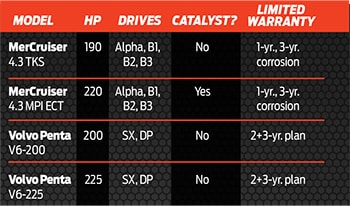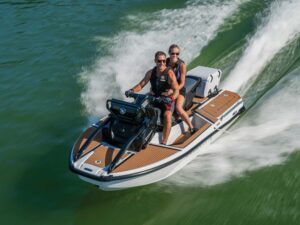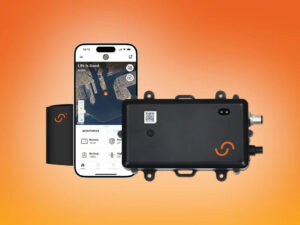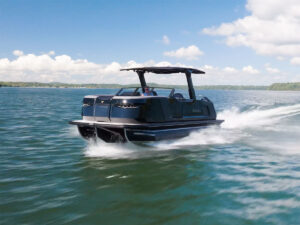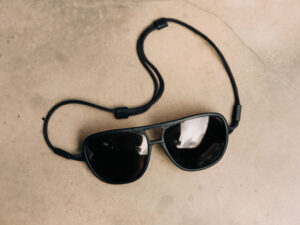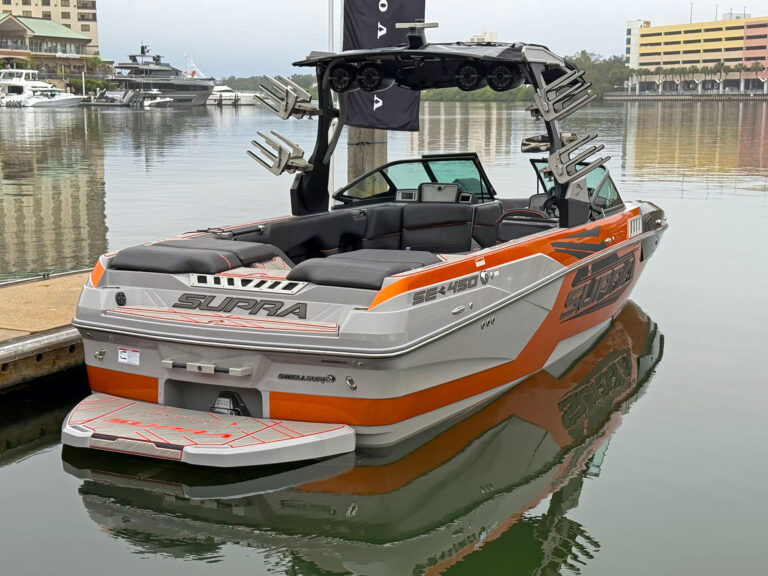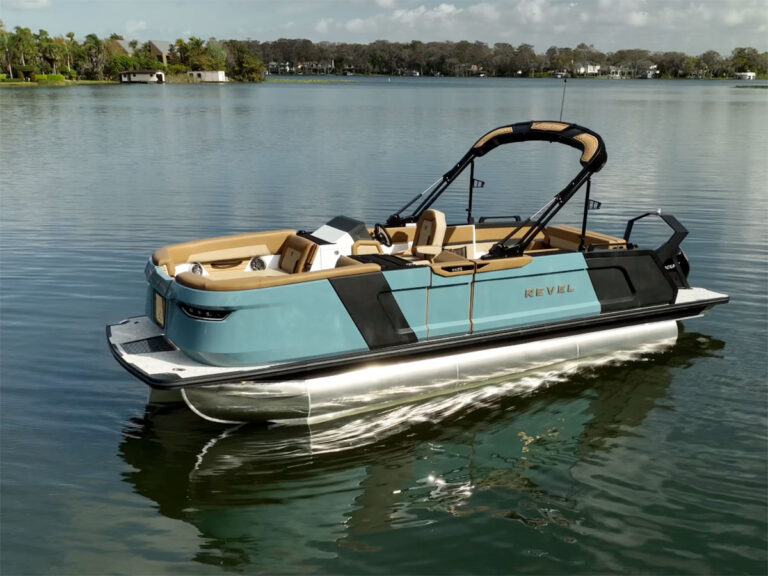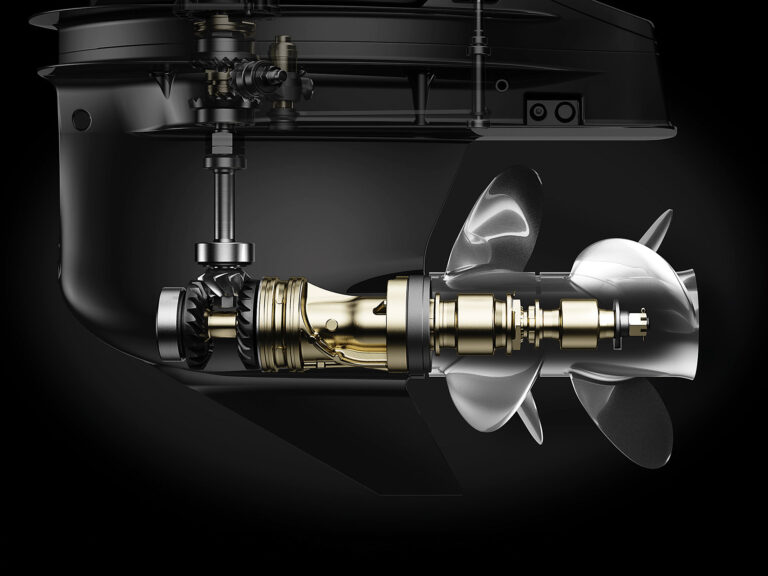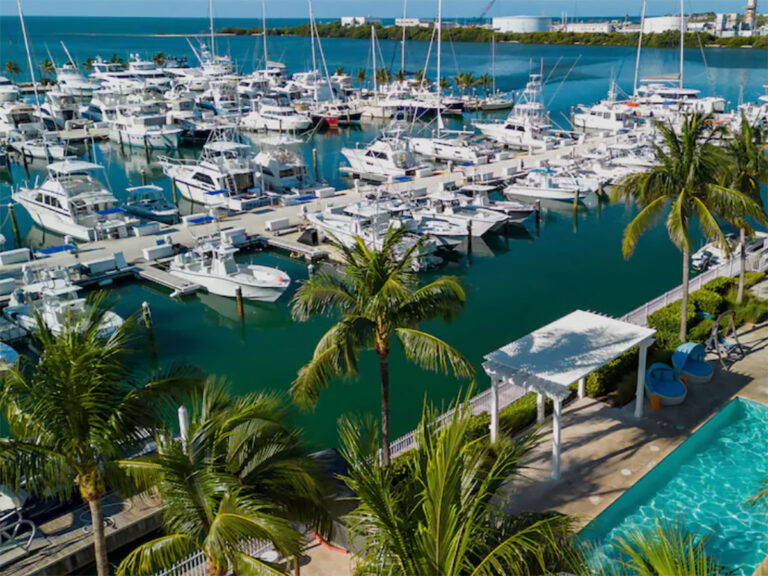Based on the General Motors 262-cubic-inch-displacement block, the 4.3-liter V-6 sterndrive has propelled boats for more than 25 years. MerCruiser and Volvo Penta still offer two iterations, each with a choice of drives. Let’s look at what is available.
Horsepower and Drive Choices
Merc’s two versions include a carbureted 190 (4.3 TKS) and multipoint fuel-injected 220 (4.3 MPI ECT). Volvo’s two feature multipoint fuel injection and are rated at 200 hp (V6-200) and 225 hp (V6-225). Interestingly, the MerCruiser 4.3 TKS is one of the few inboards today without fuel injection.
Both of Volvo’s 4.3s come with either the SX single-prop drive or the Duoprop DP drive. But MerCruiser outdoes that with a quartet of drives available for both of its V-6s.
Weight Differences
At 899 pounds, Merc’s 4.3 TKS with the Alpha drive is some 20 to 25 pounds lighter than Volvo’s V-6. Both Volvo models are listed at approximately 919 and 924 pounds with the SX or DP drives, respectively. The difference is due largely to Merc’s lighter Alpha One drive assembly. However, once you step up to Merc’s 4.3 MPI ECT with Bravo drives, MerCruiser becomes heavier due to huskier drives and emissions controls. This V-6 with a Bravo Three, for example, tips the scales at 1,032 pounds.
Corrosion Protection
Both MerCruiser V-6s are available with the optional SeaCore system that includes corrosion-fighting elements such as a low-copper aluminum alloy, hard-coat anodizing, and the liberal use of stainless-steel components for the drive, as well as a closed-cooling system for the engine. If you don’t get the SeaCore, the MerCathode corrosion protection system is an option for the Alpha drive and standard with Bravo drive models. While Volvo Penta offers an optional closed-cooling system for its 4.3 engines, the company’s OceanX drive package — analogous to Merc’s SeaCore — is not available for the Volvo V-6s. However, with the standard drives, a 23-step paint process along with the sacrificial zinc anode system wil help fend off corrosion.
Emissions Controls
Of the four V-6s, only the 220 hp MerCruiser 4.3 MPI ECT has a catalytic converter. The carbureted Merc and the two Volvo V-6s are noncatalyst models, and as such are not available in new boats in certain markets, such as the state of California.
Warranties
MerCruiser offers a one-year standard limited warranty on both versions of its 4.3, plus a three-year corrosion warranty. For the SeaCore version of the 4.3 MPI, those warranty periods extend to three and four years, respectively. Volvo Penta offers a five-year factory-backed limited warranty on its V-6 engines installed in 2013 and later model-year pleasure boats.
